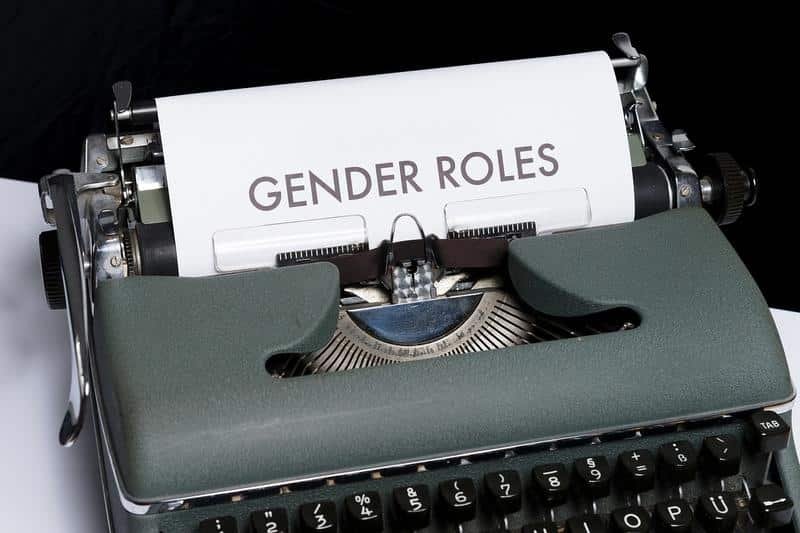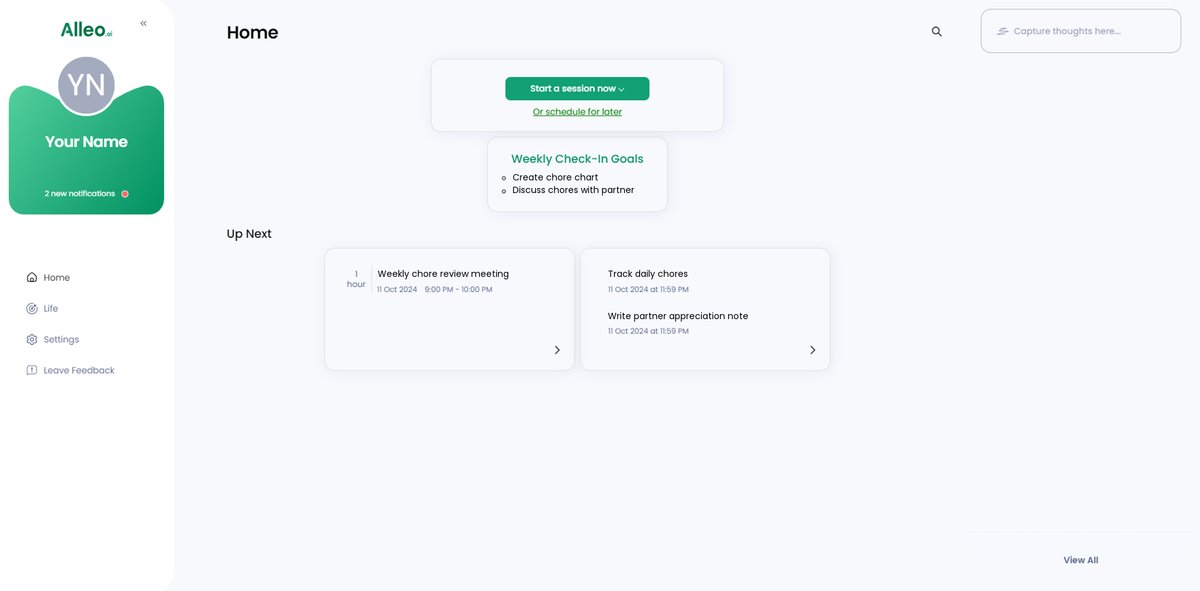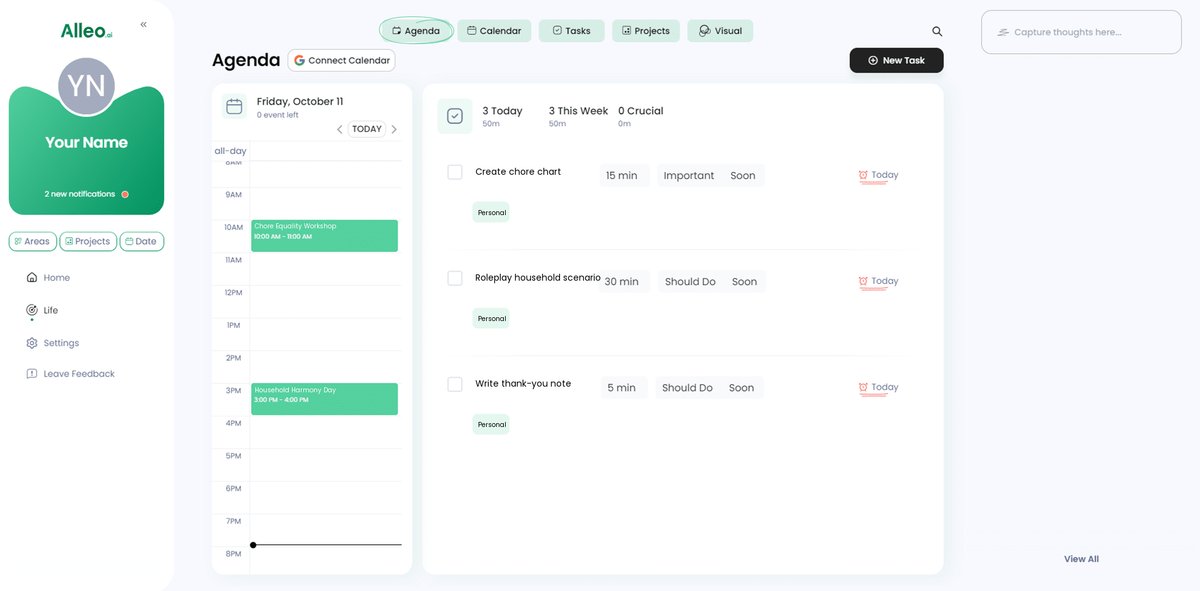4 Proven Methods to Teach Your Partner About Gender Equality in Household Chores
Are you feeling overwhelmed with household chores while your partner seems completely unaware of the burden you’re carrying? Balancing household chores fairly can be a challenge, especially when it comes to breaking stereotypes in housework.
As a life coach, I’ve helped many women navigate these challenges in promoting fairness in household tasks. In my experience, teaching partners about gender equality in chores requires patience and practical strategies for overcoming gender bias in chores.
In this article, you’ll discover actionable steps to balance household responsibilities and reduce emotional labor. We’ll cover tracking chores, roleplaying, positive reinforcement, and setting up a fair rotation system for shared responsibilities at home. These communication strategies for equal chore distribution can help in fostering teamwork in household management.
Let’s dive in to explore ways of balancing household chores fairly and challenging traditional gender expectations.

The Hidden Strain of Household Labor
When it comes to balancing household chores fairly, many women face emotional labor that their partners often overlook. Imagine constantly planning, organizing, and managing the household, only to feel unappreciated and unsupported in the shared responsibilities at home.
This emotional labor isn’t just exhausting—it’s overwhelming. Many clients I’ve worked with struggle to communicate the extent of their burden to their partners, highlighting the need for better communication strategies for equal chore distribution.
The imbalance in household responsibilities can lead to frustration and resentment, making it difficult to maintain a healthy relationship. This inequity often stems from traditional gender expectations in housework.
Moreover, educating partners about these inequalities is challenging when they aren’t inclined to engage with the topic. It’s a tough conversation, but it’s essential for achieving a fair distribution of chores and reducing emotional labor, ultimately promoting fairness in household tasks and fostering teamwork in household management.

Roadmap to Teaching Gender Equality in Chores
Overcoming this challenge of balancing household chores fairly requires a few key steps. Here are the main areas to focus on to make progress in breaking stereotypes in housework:
- Track and visualize chore distribution: Use a chore chart or app to log daily tasks and promote fairness in household tasks.
- Roleplay scenarios to build empathy: Switch roles in household scenarios to understand each other’s perspectives and challenge traditional gender expectations.
- Use positive reinforcement for equal participation: Acknowledge and appreciate efforts when chores are shared equally, fostering teamwork in household management.
- Set up a fair chore rotation system: Develop a rotation schedule that ensures both partners share responsibilities, overcoming gender bias in chores.
Let’s dive into these strategies for balancing household chores fairly!
1: Track and visualize chore distribution
Tracking and visualizing chore distribution is essential for balancing household chores fairly and creating awareness and accountability in household responsibilities.
Actionable Steps:
- Create a shared chore chart or use a chore-tracking app to log daily and weekly tasks, promoting fairness in household tasks.
- Hold a weekly review session to discuss the chore distribution and address any imbalances, fostering teamwork in household management.
Explanation:
Tracking and visualizing chores can help ensure a fair division of domestic labor and reduce resentment.
According to a study from the Gender Equity Policy Institute, women consistently spend more time on household tasks than men. By logging tasks and reviewing them together, you can foster open communication and mutual understanding, challenging traditional gender expectations.
Benefits of tracking chore distribution for balancing household chores fairly:
- Increases awareness of workload imbalances and gender roles in household chores
- Provides concrete data for discussions on shared responsibilities at home
- Helps identify patterns and habits, breaking stereotypes in housework
This method provides a foundation for the next steps in achieving gender equality in household chores and overcoming gender bias in chores.

2: Roleplay scenarios to build empathy
Roleplay scenarios can help partners understand each other’s perspectives and build empathy when balancing household chores fairly.
Actionable Steps:
- Switch roles in household scenarios, such as meal planning or childcare, for a day to challenge traditional gender expectations.
- Attend an online seminar on gender equality and shared responsibilities at home together.
- Discuss your experiences and learnings from these roleplays to foster mutual understanding and promote fairness in household tasks.
Explanation:
Roleplaying household scenarios helps partners appreciate the effort involved in each task, breaking stereotypes in housework. This method can foster empathy and cooperation in balancing workload between partners.
According to a study from In Session Psych, understanding the mental load can significantly improve relationship dynamics and contribute to an equal division of domestic labor.
By engaging in these activities, you can create a more balanced and respectful partnership, overcoming gender bias in chores and fostering teamwork in household management.

3: Use positive reinforcement for equal participation
Positive reinforcement can significantly improve equal participation in household chores, contributing to balancing household chores fairly between partners.
Actionable Steps:
- Acknowledge your partner’s efforts with verbal appreciation when they contribute to household tasks, fostering shared responsibilities at home.
- Set mutual goals for chores and celebrate milestones together with small rewards, promoting fairness in household tasks.
- Write thank-you notes to each other for completed tasks to create a positive environment and encourage breaking stereotypes in housework.
Explanation:
Recognizing and appreciating your partner’s efforts can motivate them to share responsibilities. Positive reinforcement fosters a supportive atmosphere and encourages continuous improvement in equal division of domestic labor.
According to research, this approach helps create a more balanced and harmonious relationship, challenging traditional gender expectations.
Ways to show appreciation for chore participation:
- Verbal praise and acknowledgment, overcoming gender bias in chores
- Small gestures like leaving a thank-you note
- Planning a special date night as a reward for balancing workload between partners
By implementing these steps, you can foster a cooperative and respectful partnership, effectively balancing household chores fairly.
4: Set up a fair chore rotation system
Setting up a fair chore rotation system ensures both partners share responsibilities equally, promoting fairness in household tasks and balancing household chores fairly.
Actionable Steps:
- Develop a rotation schedule that ensures both partners take turns with various chores, challenging traditional gender expectations.
- Regularly review and adjust the rotation system to reflect changes in schedules and responsibilities, fostering teamwork in household management.
Explanation:
Implementing a chore rotation system reduces resentment and promotes fairness. According to the Frontiers in Psychology, equitable chore distribution can improve relationship satisfaction, emphasizing the importance of balancing household chores fairly.
By regularly reviewing and adjusting the rotation, you can maintain balance and adapt to changing circumstances, overcoming gender bias in chores.
Key elements of an effective chore rotation system:
- Balanced distribution of tasks, promoting equal division of domestic labor
- Flexibility to accommodate schedule changes
- Regular reviews and adjustments, supporting shared responsibilities at home
This approach helps create a fair and cooperative household environment, breaking stereotypes in housework.

Partner with Alleo to Achieve Household Equality
We’ve discussed the challenges of balancing household chores fairly and teaching partners about gender roles in household chores. But did you know Alleo can make this journey easier?
Set up your account and create a personalized plan with Alleo’s AI coach. The coach will help you track progress, manage changes, and stay accountable in your efforts to promote fairness in household tasks and foster teamwork in household management.
With text and push notifications, Alleo ensures you’re never alone in this journey towards equal division of domestic labor and breaking stereotypes in housework.
Ready to get started for free? Let me show you how to overcome gender bias in chores and achieve shared responsibilities at home!
Step 1: Log In or Create Your Account
To begin your journey towards household equality, log in to your Alleo account or create a new one to access personalized guidance from our AI coach.

Step 2: Choose “Building better habits and routines”
Select “Building better habits and routines” to establish a consistent chore schedule that promotes equality in household responsibilities, helping you and your partner create a more balanced and harmonious home life.

Step 3: Select “Personal” as Your Focus Area
Choose “Personal” as your life area to address household chore imbalances and improve your relationship dynamics, allowing Alleo’s AI coach to provide tailored strategies for achieving gender equality in domestic responsibilities.

Step 4: Starting a Coaching Session
Begin your journey towards household equality by scheduling an intake session with Alleo’s AI coach to create a personalized plan for balancing chores and reducing emotional labor.

Step 5: Viewing and Managing Goals After the Session
After your coaching session, open the Alleo app to find your discussed household equality goals displayed on the home page, allowing you to easily track and manage your progress towards a more balanced partnership.

Step 6: Adding events to your calendar or app
Use Alleo’s calendar and task features to schedule and track your chore rotation system, helping you maintain a balanced household and monitor your progress in achieving gender equality in household responsibilities.

Embracing Equality in Household Responsibilities
By now, you understand the significance of balancing household chores fairly. It’s not just about fairness; it’s about enhancing your relationship and emotional well-being while breaking stereotypes in housework.
Implementing these strategies can make a real difference in promoting fairness in household tasks. Tracking chores, roleplaying, using positive reinforcement, and setting up a chore rotation system are all steps toward a balanced partnership and equal division of domestic labor.
I know overcoming gender bias in chores can be challenging, but you’re not alone. Alleo is here to support you every step of the way in fostering teamwork in household management.
Start your journey to a fairer household today. Try Alleo for free and experience the positive impact of shared responsibilities at home firsthand.
Together, we can create a more harmonious and equitable home by balancing household chores fairly and challenging traditional gender expectations.